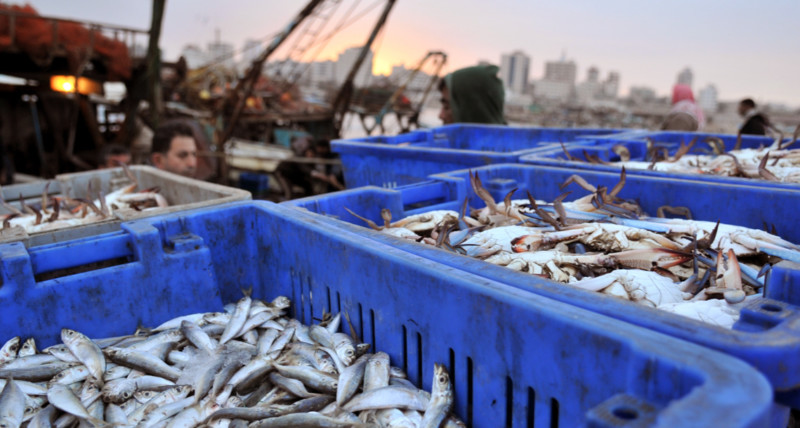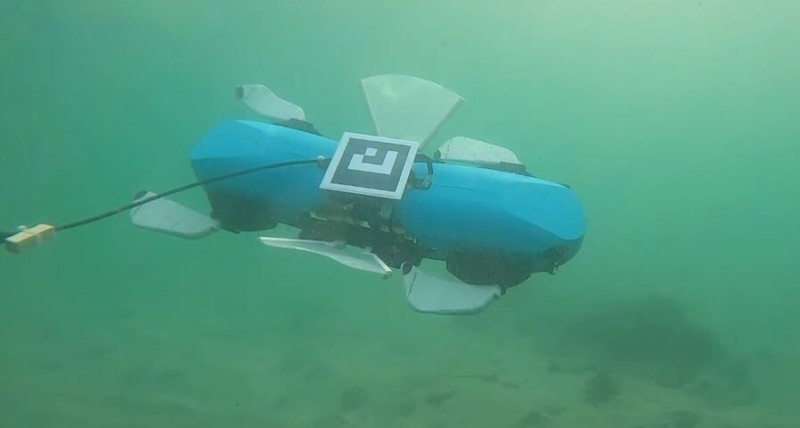Rescue operations are ongoing this Wednesday, August 21, following the sinking of a luxury yacht on Monday off the coast of Sicily. The vessel, caught in an intense waterspout, sank within minutes, underscoring the increasing frequency and intensity of extreme weather events due to climate change.
« All hell broke loose; we couldn’t make sense of it. The wind came, then the water—definitely a tornado, » a local fisherman told AFP. One person and six others are still missing two days after the luxury yacht sank on Monday, August 19. Among the missing is Mike Lynch, a wealthy businessman known as the « British Bill Gates. »
Anchored off the Sicilian coast, the « Bayesian » experienced a violent storm, identified by experts as a waterspout. The yacht capsized and sank within minutes. Due to climate change, such phenomena may become more frequent and intense, making the Mediterranean increasingly dangerous.
Impact of Marine Heatwaves
According to the International Waterspout Research Center, 18 waterspouts were recorded off the Italian coast on August 19 alone. Waterspouts are tornadoes that occur over water, formed by the interaction between cold air masses aloft and warmer sea waters.
Waterspouts are more frequent at the end of summer and in autumn, when sea temperatures are highest. Last week, the Mediterranean Sea recorded its highest daily temperatures ever. In some coastal areas, water temperatures exceeded 30°C multiple times, four degrees above the 20-year average for this time of year, according to Copernicus.
« This creates a massive source of energy that contributes to these storms, » said Luca Mercalli, President of the Italian Meteorological Society, to Reuters.
Increasingly Challenging Conditions
These conditions contribute to a more unstable atmosphere, allowing storms to draw energy from the warm waters and intensify. Warmer waters lead to increased evaporation, which supports the formation of extreme weather phenomena.
Beyond scientists, other sea users, such as sailors, have observed these changes. Giuliano Gallo, a sailor who has crossed the Atlantic, told Reuters that the Mediterranean increasingly resembles the Caribbean, which has regions avoided by many boats at certain times of the year, with even less predictability in the Mediterranean. « Things are less predictable in the Mediterranean, » he added.
Increased Risk for Migrants
This climate-related shift affects not only tourists but also migrants attempting to reach Europe in overcrowded makeshift boats. As noted by the BBC, the number of attempts increases in summer, when the weather is unpredictable. « If storms occur—or if the sea is rough—something that may become more frequent with climate change, the risk to life is much greater, » said Ryan Schroeder, spokesperson for the International Organization for Migration.
These adverse conditions also make it harder to detect distressed boats and conduct rescue operations.
Intensified Weather Phenomena
In addition to waterspouts, climate change significantly affects the Mediterranean region, which is one of the « hotspots » of the climate crisis—areas experiencing warming faster than the global average.
Other weather phenomena are also intensified by rising sea temperatures, such as Mediterranean cyclones, which are violent storm systems bringing intense rainfall, and « medicanes, » or Mediterranean hurricanes, which have characteristics similar to tropical hurricanes or cyclones.
« Between 1961 and 2022, we have observed a doubling in the frequency of the most intense Mediterranean cyclones, those producing more than 200 millimeters of rain in a day, and an increase in heavy rainfall, » explained Aurélien Ribes, a researcher at Météo-France’s National Center for Meteorological Research (CNRM), to Le Monde.
These phenomena, which can be dangerous—such as the medicane that caused thousands of deaths in Libya last year due to sudden flooding—are exacerbated by a warm Mediterranean Sea, although it is not the only factor.
Global Temperature Rise
With climate change and global warming of seas and oceans, precipitation has become more intense. « When the atmosphere warms by 1°C, it can hold 7% more water vapor. It’s like increasing the size of the water reservoir above us, » explained Françoise Vimeux, climatologist and research director at the Institute for Research and Development, to Le Monde.
Storms thus make navigation on the sea dangerous, and the risks are also heightened on land, particularly on the coast. Coastal areas are further threatened by climate change through rising sea levels, which make coastal cities even more vulnerable to storms.
Source: bfmtv




